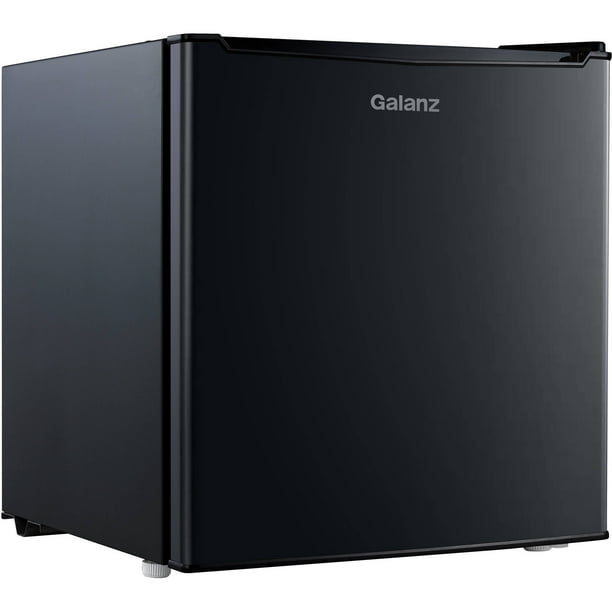For DC fridges keeping a gallon of water in the freezer side, if you can spare the room, helps a lot with maintaining cold temps when voltage protection shuts it down.Yep I remember when we had absorption gas/electric fridges in our camp trailers we would always start the boxes 24hrs
in advance or at least over night with frozen gallon jugs before stocking the chow in them. Never did an actual scientific
test just always used this basic method.
The DC compressor boxes we use now cool much quicker with the frozen jug method but if using room temp jugs it usually takes at least 10hrs to bring fridge and jugs down to the desired temps. We run them at 33-35deg F and it keeps the eats happy.
So your practice is win-win on a number of fronts.
Im not sure if this also means more energy expended keeping it frozen in the long run, but for the aforementioned reasons I do it too.




